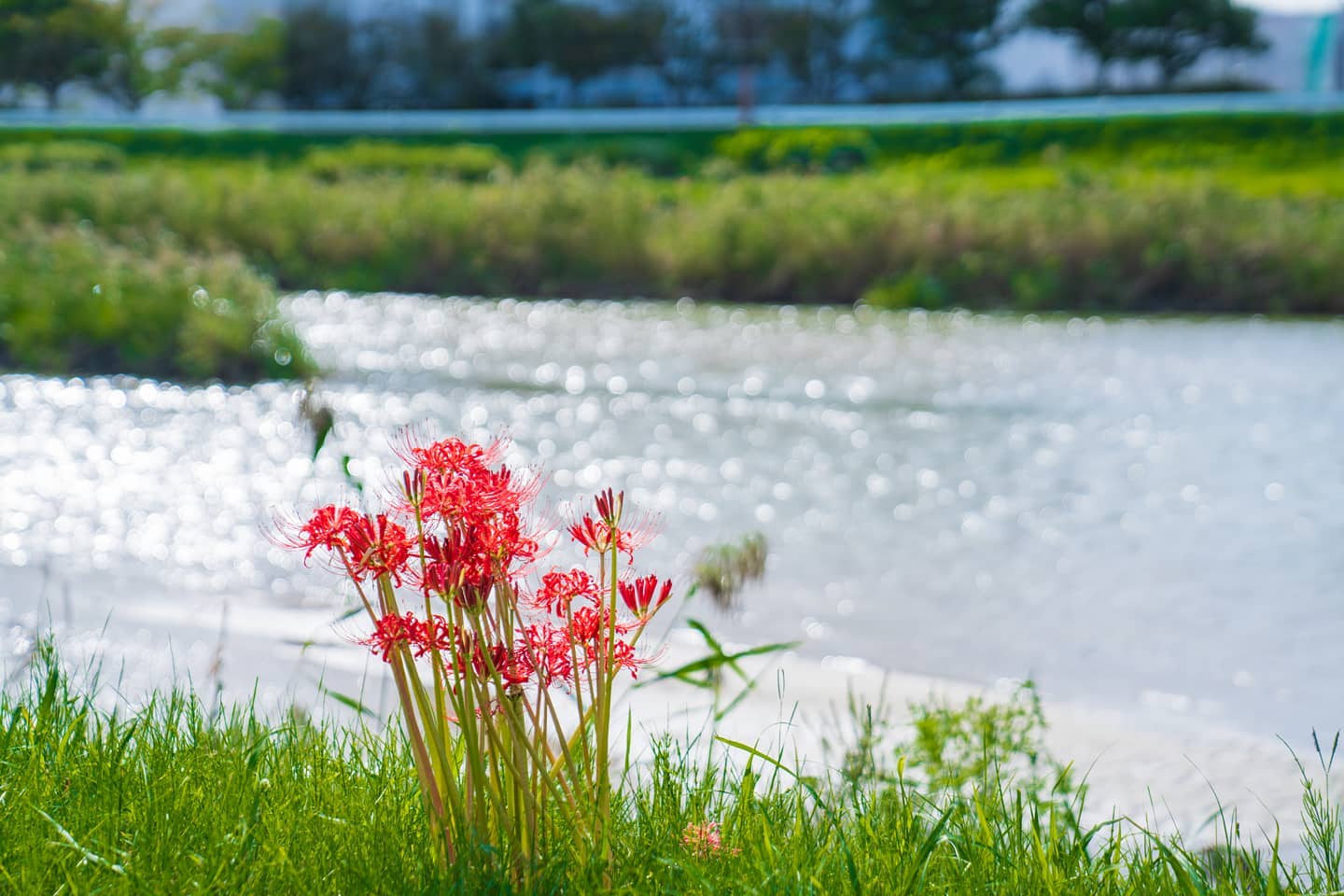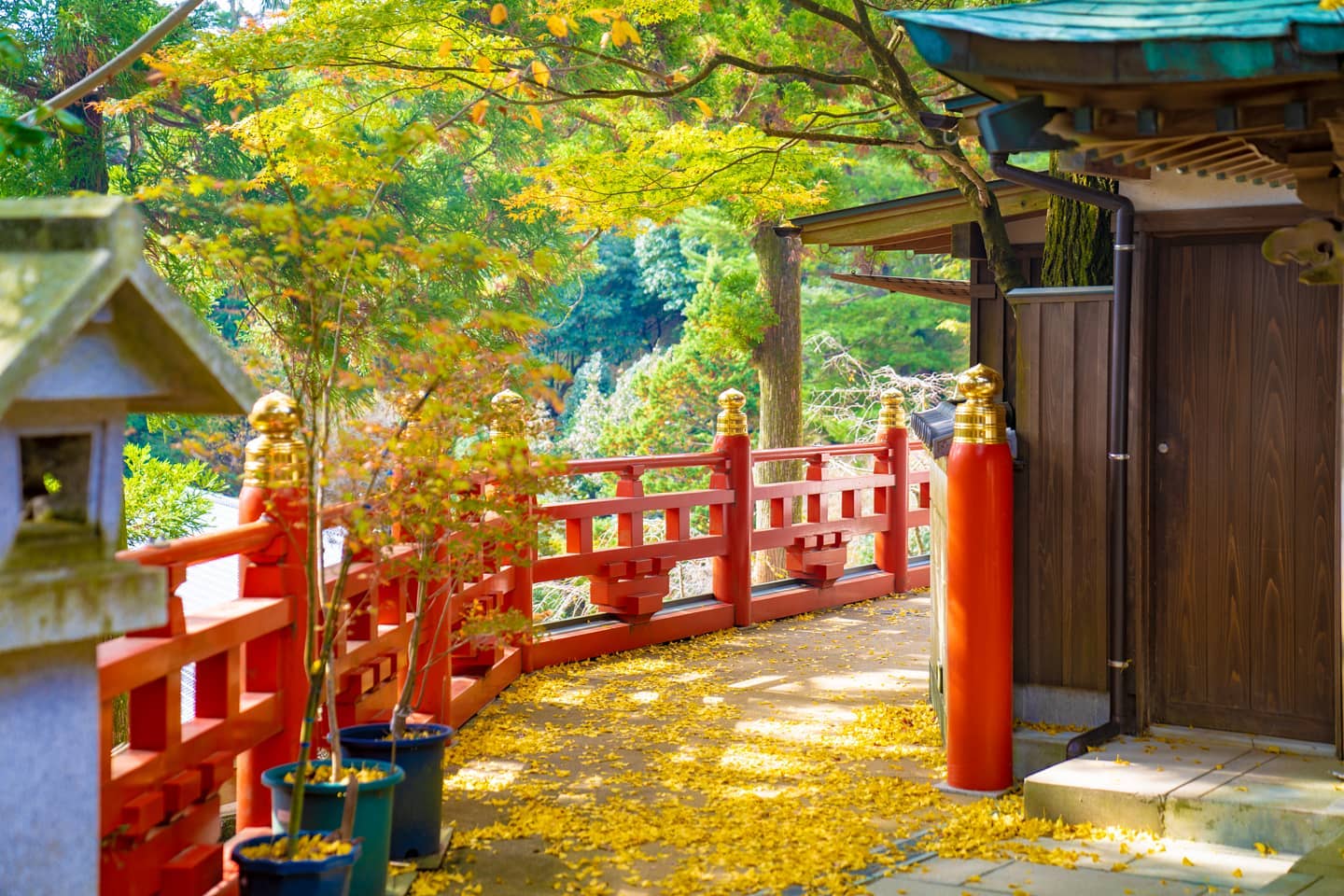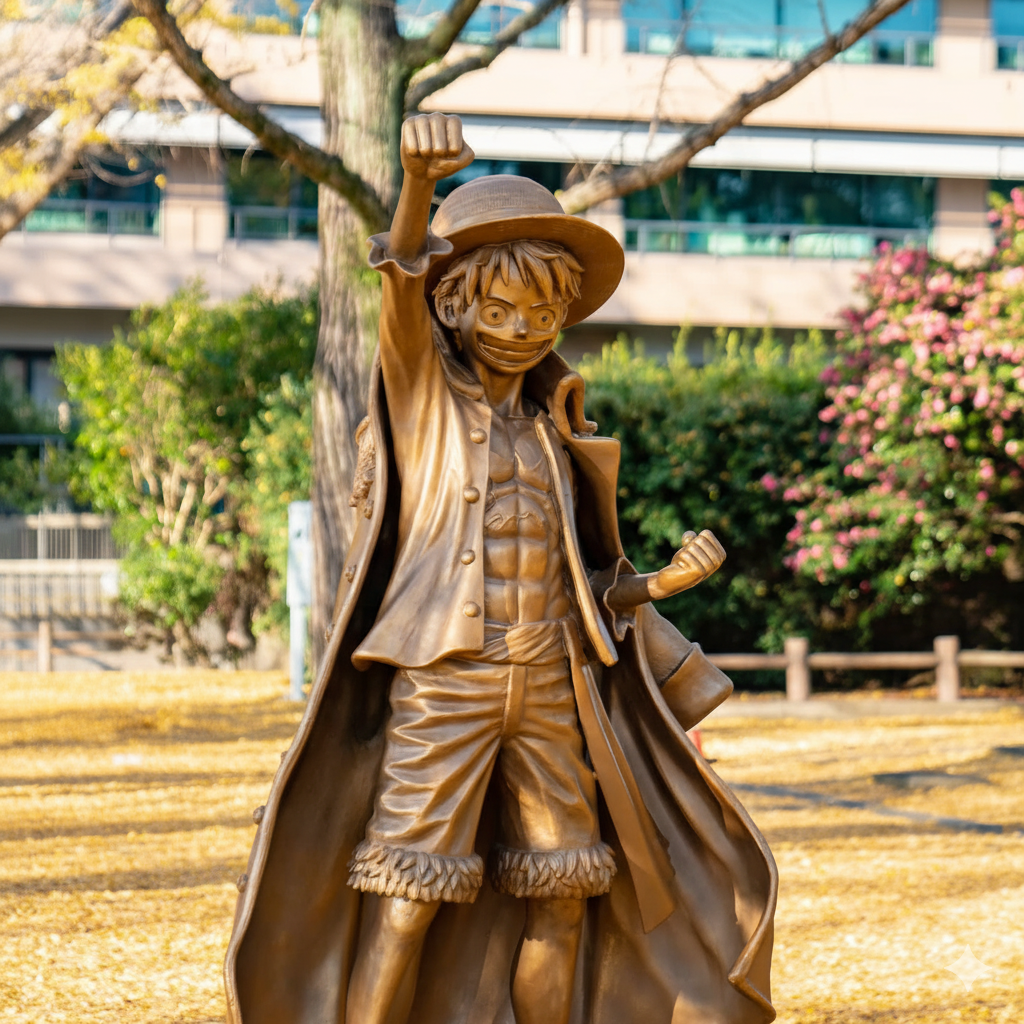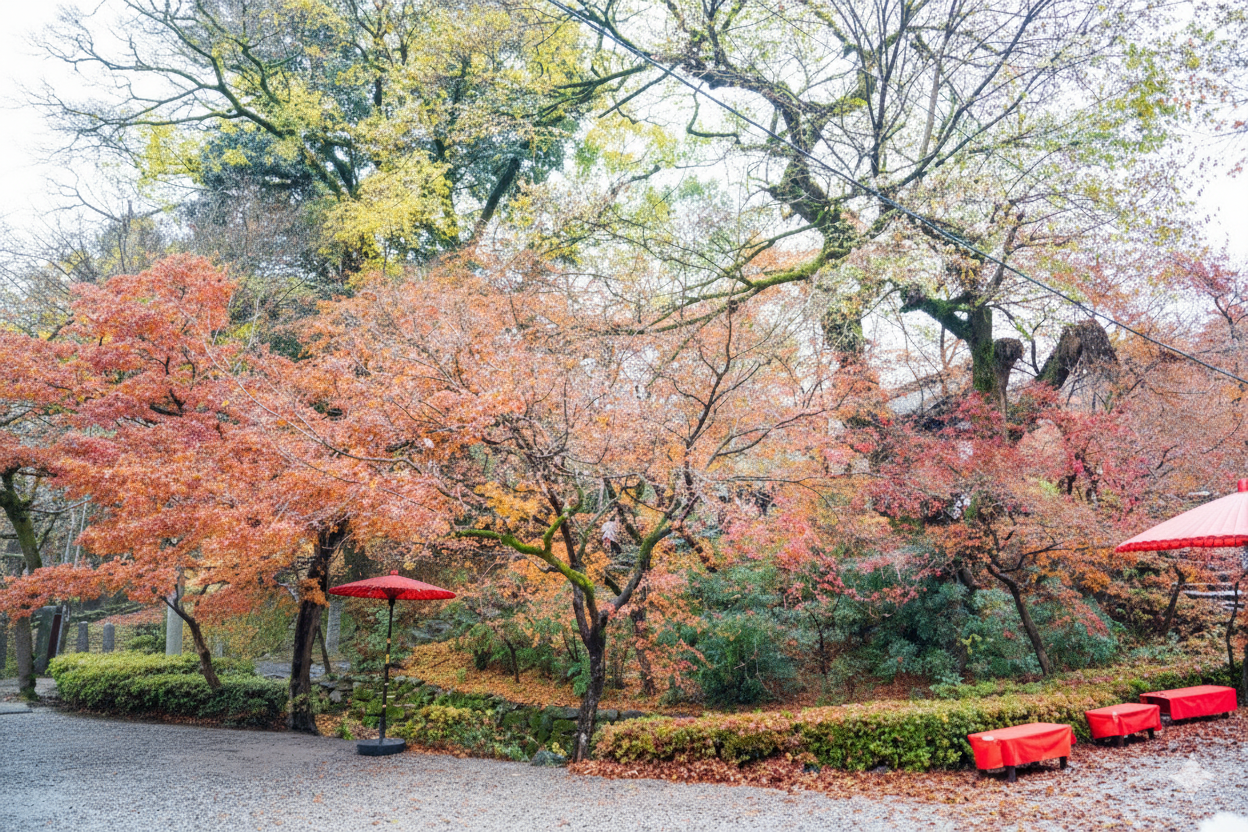Red Spider Lilies — A Quiet Autumn in Japan
In Japan’s autumn, red spider lilies bloom in silence. Their beauty and transience paint the season with quiet grace, inviting you to see how life and impermanence can coexist.
The Beautiful Contradiction of Higanbana
As the air turns crisp in early autumn, streaks of red begin to appear along rice fields and riversides.
These flowers are called Higanbana — red spider lilies.
In Buddhist scriptures, they are known as Manjushage, heavenly flowers that bloom in paradise.
Yet they also carry names like Ghost Flower or Flower of the Dead,
perhaps because they are often found near cemeteries, blooming where silence lingers.
Life and death, brightness and stillness —
within these fragile petals, opposites quietly coexist.
That harmony of contrasts is what makes the flower, and Japan’s autumn, so deeply moving.
A Sign of the Changing Season
The red spider lily blooms around the autumn equinox,as if it could read the calendar written in the wind.
Across the country, its vivid red colors signal that autumn has arrived.
In Fukuoka, the banks of the Muromi River are known for these flowers.
Their red reflections shimmer on the water’s surface,and even though the city is close by, the air feels timeless —
a place where you can hear the quiet rhythm of the season.
A Flower without Leaves
One of the most unique traits of the red spider lily is its life cycle:
it never shows its leaves and flowers at the same time.
When the flowers bloom, the leaves are gone;
when the leaves return, the flowers have already faded.
Because of this, it is sometimes called “Hami-zu, Hana-mi-zu” —“no leaves when it blooms, no flowers when it leaves.”
It appears suddenly, burns bright for a brief moment,and disappears just as quietly.
Perhaps that fleeting beauty is what keeps drawing people to it.
Where to See Them — Famous Spots in Japan
Yakachigawa Riverbank (Aichi)
Three million flowers bloom along the river,turning the earth itself into a vast ribbon of red.
Kinchakuda Park (Saitama)
Over five million lilies bloom here each fall.
Their scarlet waves follow the curves of the Komagawa River,creating a breathtaking sea of red.
Fujiwara Palace Ruins (Nara)
Here, history and nature meet.
The ruins of Japan’s first capital are covered in red,as if ancient time itself were blooming again.
Muromi River (Fukuoka)
A quiet path by the river,where the lilies sway gently in the wind.
The city feels far away — only water, color, and calm remain.
Hinata Area (Kanagawa)
In this rural landscape,villagers protect and nurture the flowers each year,keeping the harmony between nature and people alive.
Hachimakiyama and Lake Nodake (Nagasaki)
Around the still lake, the lilies bloom like a red mist.
At dawn and dusk, their color deepens,and the air becomes a painting of light and silence.
Hayakawa Valley (Gunma)
Once nearly lost, the flowers now bloom again,revived by the care of local residents.
Here, you can feel both the strength of natureand the quiet persistence of human hands.
Before You Visit
Timing the Bloom
Red spider lilies bloom briefly — usually from mid to late September.
Their timing can shift by a week or more depending on the weather,so it’s best to check local bloom reports before your visit.
For just a few days each year,they open fully, paint the land red, and vanish as softly as they came.
Beauty and Caution
Despite their beauty, every part of the plant is poisonous.
Long ago, they were planted around rice fields to keep pests and animals away —
a natural protection born of coexistence.
Today, volunteers across Japan continue to preserve these fields of red,so that future generations can experience their beauty.
When you visit, try not to touch or pick them;
just stand still, and let the moment become your prayer.
A Journey into Quiet Red
The red of the Higanbana is not only vivid — it’s contemplative.
It holds both sorrow and warmth,reminding us of how life, death, and the seasons are all connected.
When you stop in front of these flowers,you might find yourself thinking not about endings,but about how everything continues —
quietly, beautifully, and without hurry.
Share this story
Quiet details for everyday life — designed to bring a sense of calm and balance to your space.





